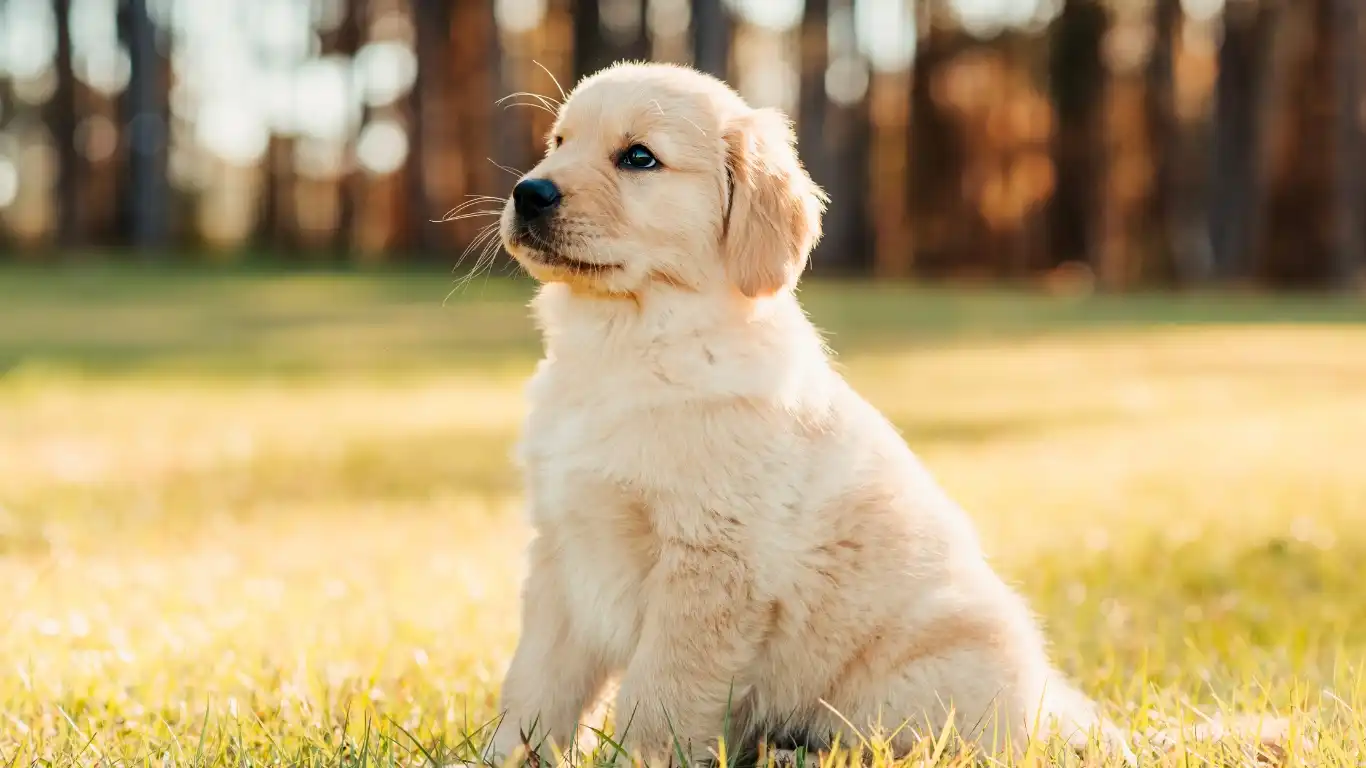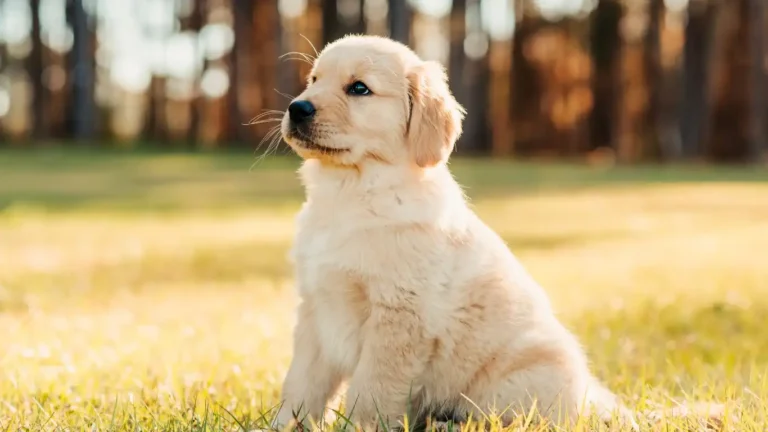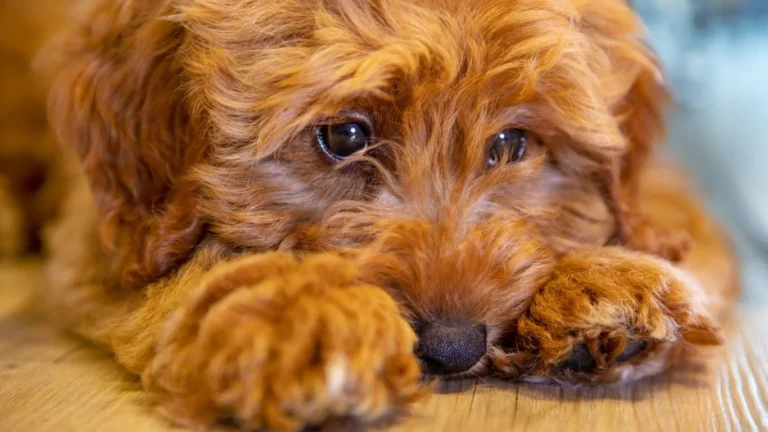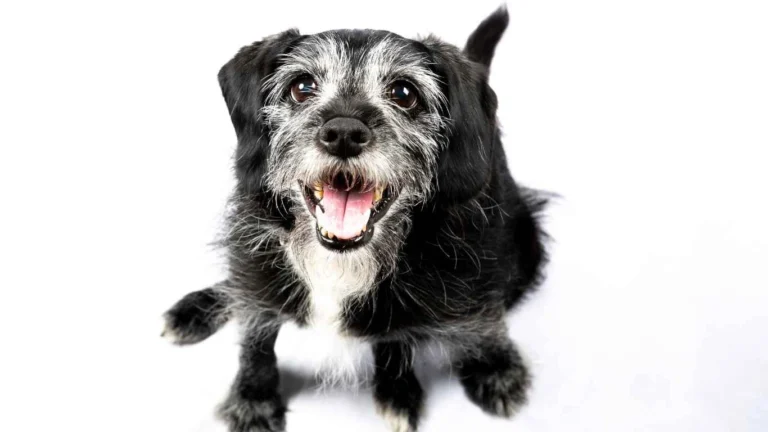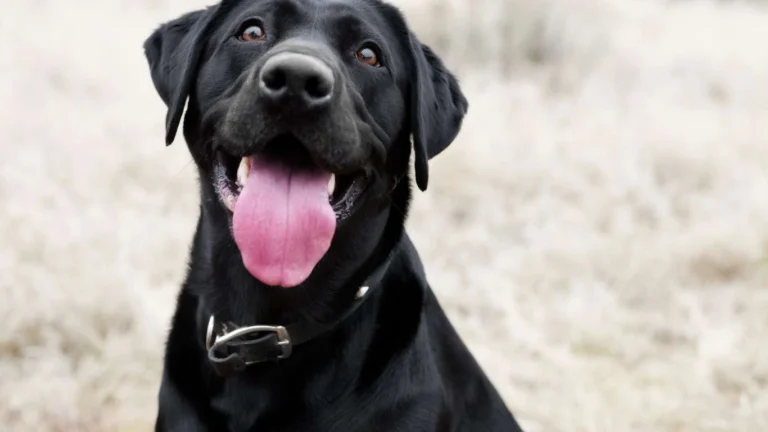How to Create a Safe Outdoor Play Area for Dogs: Protect Your Pup Today
As a Pet Nutritionist and pet care expert working in veterinary clinics for years, I’ve seen firsthand how important it is to create a safe outdoor space for our dogs to play in. Whether you’re a first-time dog owner or an experienced pet parent, creating a secure and enriching environment for your dog to enjoy outdoors is a key part of keeping them healthy, happy, and well-exercised. But how do you create a safe outdoor play area for dogs? That’s the big question, right? It’s not just about setting up a doggy playpen and hoping for the best—it involves thinking about their safety, well-being, and the type of environment you want them to thrive in.
Why It’s Important to Create a Safe Outdoor Play Area for Dogs
If you’ve ever watched your dog race around in the yard, tail wagging, and ears flapping, you know the joy it brings. Dogs are naturally playful, and they need time to run and explore. However, a poorly thought-out outdoor space can lead to a variety of issues—injuries, stress, or even escape attempts. As a pet care expert, I can tell you that a secure outdoor play area does more than just keep them entertained; it promotes physical and mental well-being. After all, a happy dog is a healthy dog!
But before you start building fences and setting up toys, let’s think about what makes a play area truly safe for dogs. It’s not just about the size of the space—it’s about designing a zone that is fun and, most importantly, free from potential dangers. In this guide, I’ll walk you through what you need to consider when creating a safe outdoor play area for dogs, based on years of experience in pet care and nutrition.
Understanding Your Dog’s Needs
Every dog is different, so the first thing to consider when creating an outdoor play area is your dog’s specific needs. The space should reflect your dog’s breed, age, energy level, and even temperament. For example, a Border Collie might need a large, open space to run around and herd imaginary sheep, while a French Bulldog might be more than happy with a cozy corner to lounge in.
Size Matters: Think about how much room your dog needs to move around comfortably. If you have a high-energy dog, they’ll need a bigger area to run, jump, and chase toys. On the other hand, small breeds may do just fine in a more compact space.
Age and Health: Puppies and senior dogs have different exercise needs than adult dogs. For puppies, make sure your outdoor space is free from hazards, as they’re naturally curious and can get themselves into trouble quickly. Senior dogs may need a quieter, less busy area to prevent overstimulation or injury. Also, take into account any specific health conditions your dog might have, like arthritis or hip dysplasia, which could impact how they move around the yard.
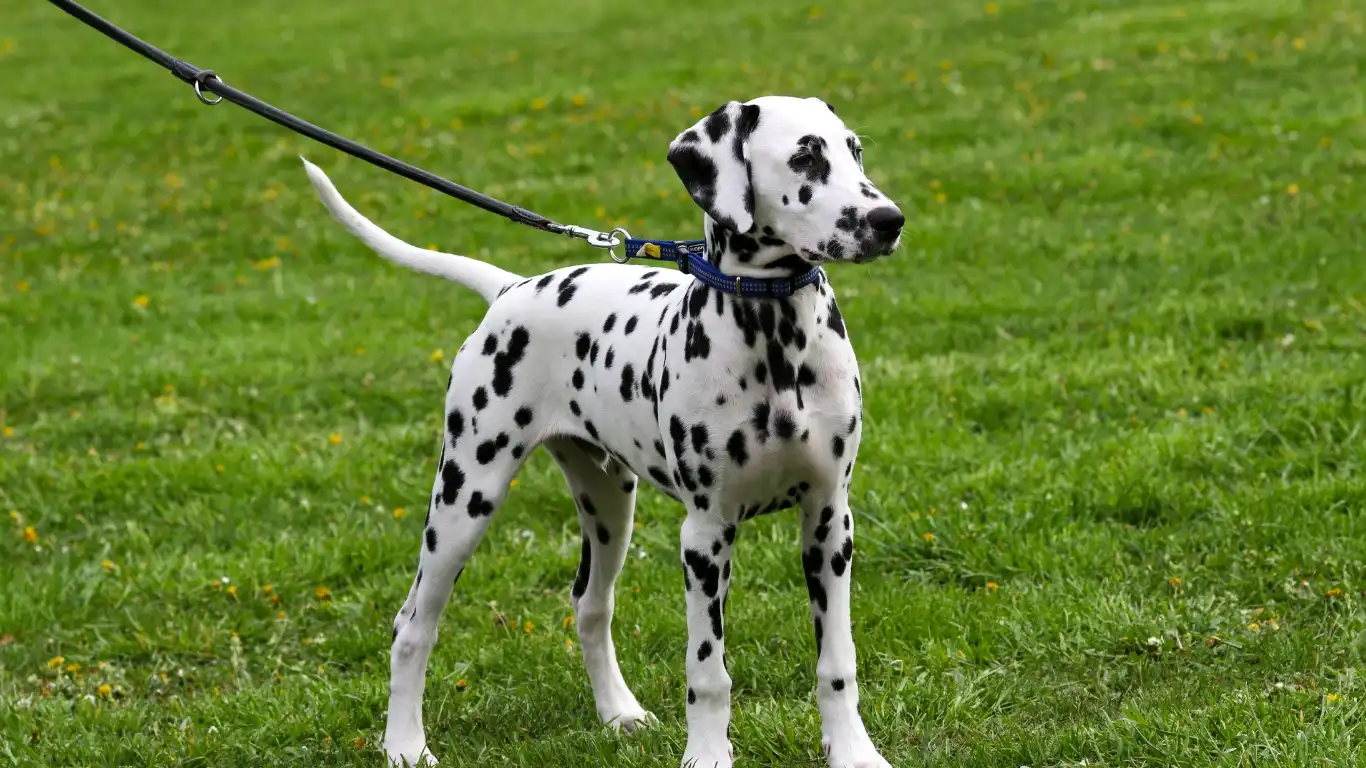
Essential Elements of a Safe Outdoor Play Area for Dogs
When designing a play area, there are a few key elements to keep in mind. These include fencing, the terrain, and, of course, the environmental factors that can affect your dog’s safety and comfort. Below, I’ve broken down these elements based on years of personal experience and what I’ve learned from interacting with both pets and owners at the clinic.
1. Fencing: Secure and Sturdy
One of the most obvious aspects of a safe outdoor space is the fence. It’s the boundary that keeps your dog inside and the outside world (and its potential dangers) out. But not all fences are created equal, and this is where a lot of people make mistakes.
Height: Depending on the size and breed of your dog, you’ll need a fence that is tall enough to prevent them from jumping or climbing over. For example, larger breeds like German Shepherds or Huskies may need a fence that’s at least 6 feet tall, while smaller dogs might be just fine with a 4-foot fence.
Material: The type of fence you use is also important. Wood and vinyl are both popular options, but make sure they’re sturdy enough to withstand your dog’s antics. Metal fences are also a great option for durability, but be sure they don’t have any gaps or spaces that your dog could squeeze through. Chain-link fences are a common choice, but they can pose a risk for some dogs that might be tempted to climb or get their jaws stuck between the links.
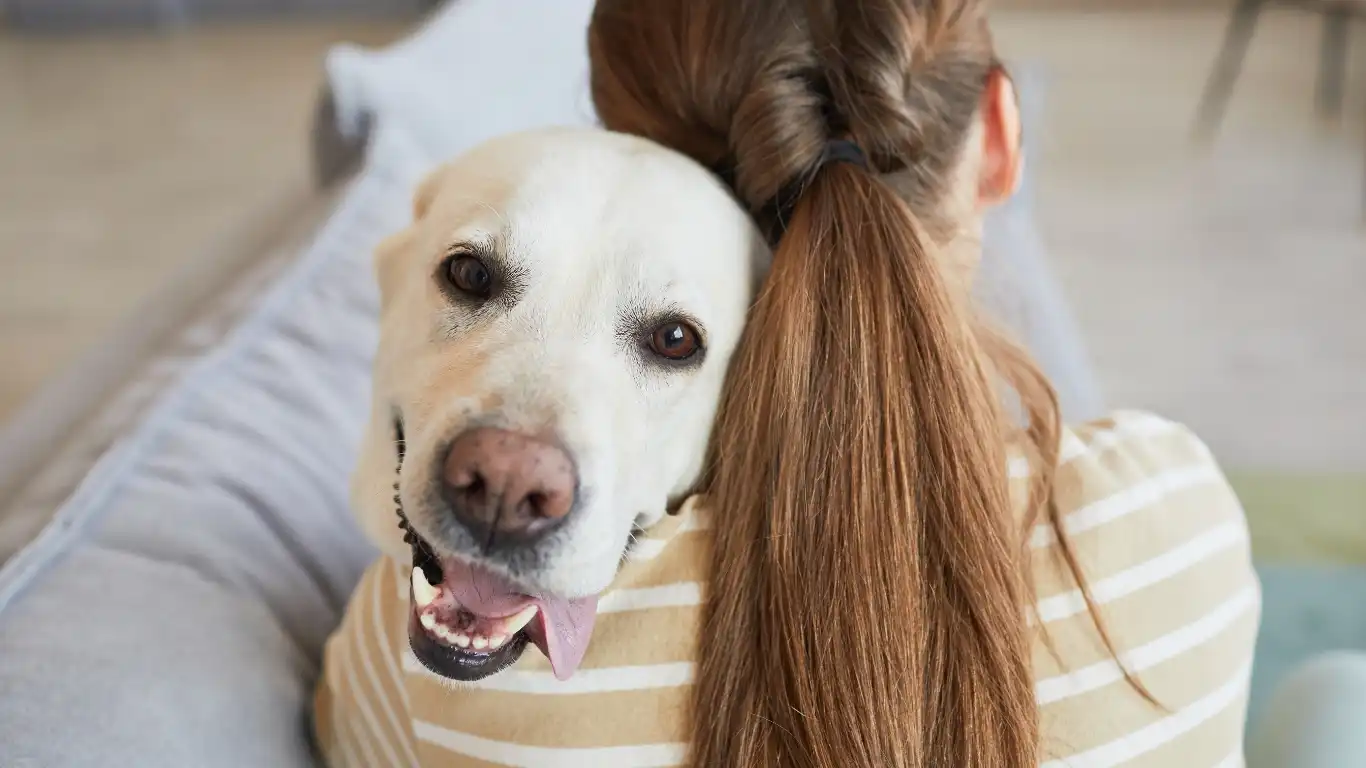
2. Flooring: Safe and Comfortable Surfaces
What your dog is walking on is just as important as where they’re walking. The flooring or surface material of your outdoor play area can have a big impact on their safety, comfort, and even their joints.
- Grass: Natural grass is a great surface for your dog, but it does come with its downsides—mud, and uneven patches can pose a risk for slips or sprains. Make sure you maintain the lawn regularly, and avoid using pesticides or chemicals that could harm your dog.
- Artificial Turf: If you don’t have a lot of time for lawn maintenance, artificial turf is a good option. It’s soft, non-toxic, and easy to clean. Just make sure it’s installed properly to prevent any bumps or holes.
- Concrete or Gravel: Harder surfaces like concrete or gravel can be rough on your dog’s paws, especially for long periods. Use these sparingly, or combine them with softer areas like grass or turf for variety.
3. Shade and Shelter: Keep Them Cool and Comfortable
Another key factor in creating a safe outdoor play area for dogs is providing ample shade and shelter. Dogs, especially breeds with thick coats, can overheat quickly, so it’s important to give them a way to cool off during their outdoor playtime.
Shade: You can provide shade with trees, awnings, or even a simple outdoor dog shelter. Just make sure the shaded areas are large enough to accommodate your dog comfortably.
Water Access: Make sure your dog has access to fresh water at all times, especially during warmer months. You don’t want them to get dehydrated while running around and playing.
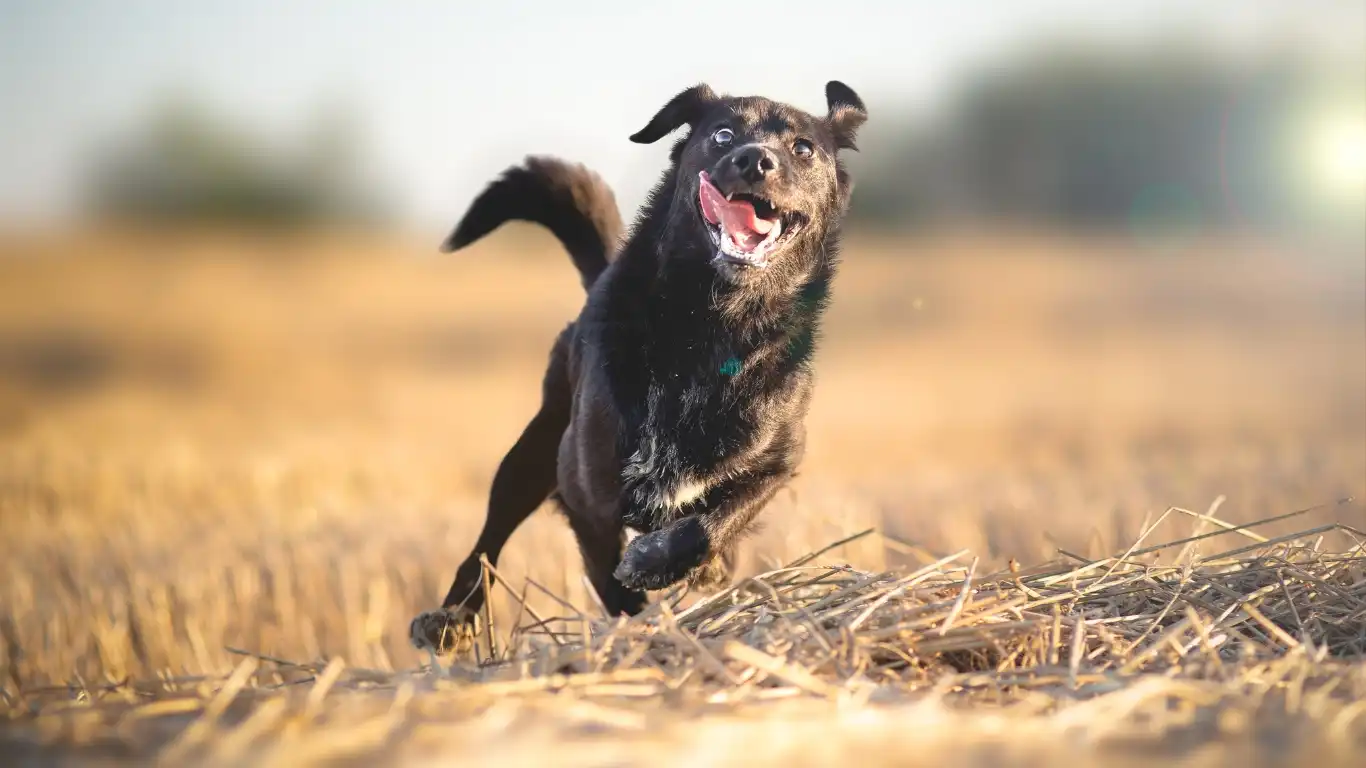
Making the Play Area Engaging and Fun
Aside from safety, you also want to create a space that’s stimulating and enjoyable for your dog. A well-designed outdoor area should encourage your dog to use their natural instincts and engage in activities that benefit both their physical and mental health.
1. Interactive Toys and Agility Equipment
Setting up interactive toys and agility equipment can keep your dog entertained and mentally engaged. A few fun options include:
- Agility Courses: Simple agility courses made from tunnels, ramps, and weave poles can give your dog a fun challenge.
- Tug Toys: Great for playing games with your dog or letting them entertain themselves.
- Fetch Toys: A classic! Balls and frisbees are perfect for a good game of fetch.
Remember to choose toys that are safe for your dog’s size and chewing habits. This will help avoid accidents and keep your dog engaged for longer periods.
Safety Features to Consider in Your Dog’s Outdoor Play Area
Now that we’ve covered the basics of creating a safe and engaging outdoor play area for dogs, let’s dive into some additional safety features that might not be as obvious but are just as important. Over the years, I’ve learned from both clients and my own pets that the little details make a huge difference in keeping your dog safe while they have fun outside. Let’s talk about how to implement these features effectively.
1. Avoiding Toxic Plants
If you’re anything like me, you probably love having plants around the yard. They make the space feel more inviting and natural. However, not all plants are safe for dogs. Many common garden plants are toxic if ingested, which can lead to serious health issues for your dog. It’s essential to know which plants you should avoid and which ones are safe.
- Avoid Toxic Plants: Some common plants to avoid include lilies, azaleas, and oleander. Dogs might chew on leaves, flowers, or berries, and many of these plants contain toxins that can lead to nausea, vomiting, or worse.
- Pet-Safe Plants: There are plenty of beautiful, dog-friendly plants you can incorporate into your garden, such as sunflowers, marigolds, and lavender. These are non-toxic and can add color and fragrance to your outdoor space without worrying about harming your pet.
As a general rule, do a quick check of your garden and remove any potentially harmful plants. Your dog will thank you for it later!
2. Consider the Ground Surface and Safety Hazards
When designing your dog’s play area, it’s also crucial to think about the surface they’ll be playing on. Over the years, I’ve witnessed more than a few accidents involving slippery, uneven, or rough ground surfaces. For example, concrete or gravel might be great for durability, but they can also be tough on your dog’s paws, particularly if they have sensitive feet or suffer from conditions like arthritis.
Here are a few surface-related considerations:
- Keep It Smooth: Choose a surface that’s smooth and even to prevent tripping or falling. You don’t want your dog to hurt themselves while running around. Lawn or artificial turf can be great options for this!
- Soft Ground: If you have hard surfaces like concrete or gravel in parts of your yard, consider adding soft spots for your dog to relax and play on. A nice patch of grass, soft dirt, or a dog-friendly mat can help cushion their paws and joints.
- Maintenance is Key: Regularly inspect your play area to make sure there are no hidden hazards—things like nails, rocks, or uneven ground can cause injuries. After all, you want your dog to be safe, not get scraped up!
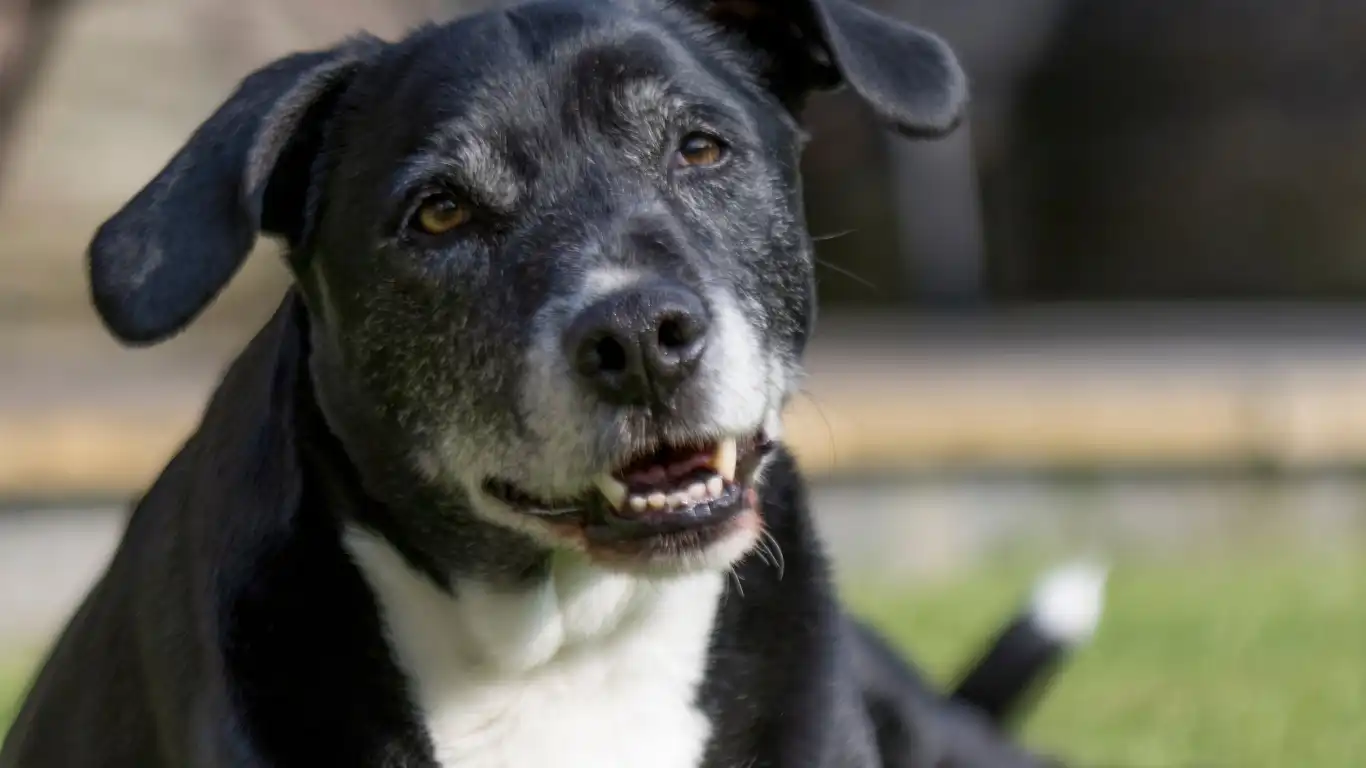
How to Create Boundaries That Work for Your Dog
When it comes to keeping your dog in a safe space, setting clear boundaries is key. It’s not just about having a fence up; it’s about making sure the fence is sturdy, tall enough, and secure in every way. From my experience, this is one of the most important steps in ensuring that your dog can’t escape and doesn’t get into trouble.
1. Strong, Escape-Proof Fencing
Let’s revisit the fencing for a moment—because when you have a dog that loves to explore, a good fence is an absolute must. I can’t tell you how many times I’ve had clients come into the clinic with tales of their adventurous pups getting out of their yard. Escape-proofing the fence is all about paying attention to the small details:
- Digging Prevention: Some dogs are notorious for digging their way under fences, especially those with high prey drive. To prevent this, consider burying a portion of the fence underground or installing a dig-proof barrier at the bottom of the fence.
- Climbing Prevention: Some dogs, especially breeds like the Border Collie, are great climbers. To stop this, make sure the fence is tall enough (about 6 feet or higher for some dogs) and that there are no footholds they can use to climb over. You can also add slanted toppers to the fence to make climbing more difficult.
- Gate Security: Ensure your gate is secure and has a lock, especially if your dog is particularly skilled at figuring out how to open doors. A gate latch that can be locked will give you peace of mind.
Taking the time to make sure your dog can’t escape from their outdoor play area will not only keep them safe but also prevent any unwanted surprises (like an adventure across the neighborhood!).
2. Training Your Dog to Understand Boundaries
Setting up a physical boundary is just part of the equation. Equally important is teaching your dog to respect the boundaries you’ve created. It’s one thing to have a fence; it’s another to ensure your dog stays within it.
Training your dog to respect the outdoor space requires patience and consistency. Here are a few tips I’ve found helpful over the years:
- Positive Reinforcement: When your dog stays within the boundaries of their play area, reward them with praise or treats. Positive reinforcement helps them understand what you expect and encourages them to continue behaving appropriately.
- Boundary Training: Some dogs may need specific training to learn where their boundaries are. Start by walking them around the perimeter of the space and giving them a command to stop or turn back when they approach the edge. Over time, they’ll begin to understand that certain areas are off-limits.
With the right combination of fencing and training, you can create a space where your dog feels secure and knows exactly where they’re allowed to go.
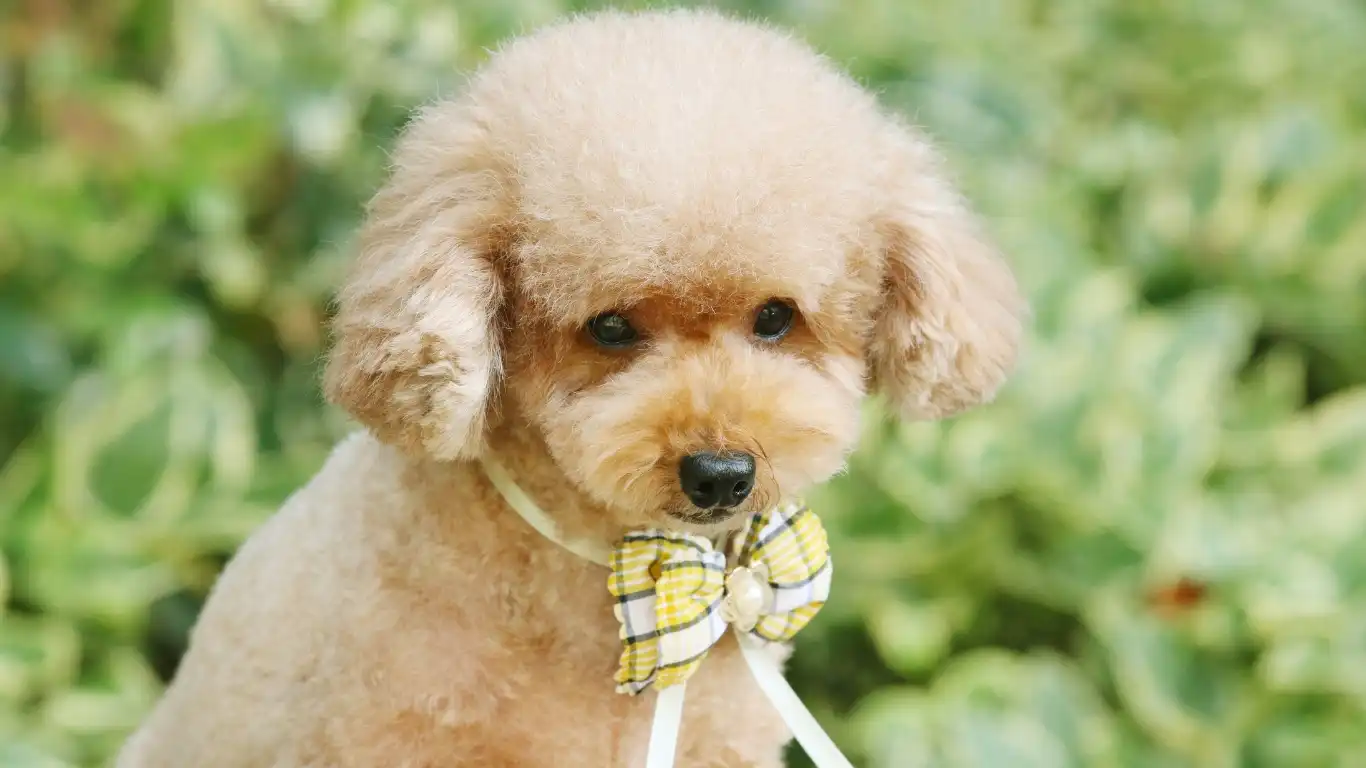
Incorporating Outdoor Enrichment into Your Dog’s Play Area
Dogs are highly intelligent creatures, and while play is essential for their physical health, mental stimulation is just as important. A great outdoor play area isn’t just a place for running around—it should also provide opportunities for mental enrichment. This can keep your dog engaged and prevent boredom, which can lead to destructive behavior.
1. Puzzle Toys and Snuffle Mats
If you want to take your dog’s outdoor experience to the next level, consider adding some puzzle toys or snuffle mats. These toys encourage your dog to use their nose and brain to find treats hidden within the puzzle. It’s a great way to simulate natural hunting behaviors and give them a good mental workout.
In my experience, dogs love snuffle mats because they get to “hunt” for their food, and it’s a great way to keep them busy. They’re especially helpful for dogs that get easily bored and need something extra to do while outdoors.
2. Scent Trails and Interactive Games
Another way to engage your dog is by setting up scent trails or interactive games. You can create simple scent trails by hiding treats or toys around the yard and encouraging your dog to sniff them out. Not only is this mentally stimulating, but it taps into your dog’s natural instincts to track and search.
- Hide and Seek: Play a game of hide and seek by hiding your dog’s favorite toy or treats and letting them search for it. This encourages problem-solving and provides a satisfying reward when they find it!
- Interactive Fetch: If your dog loves playing fetch, switch it up by adding obstacles or challenges, like throwing the ball through a hoop or under a bench, to keep their interest alive.
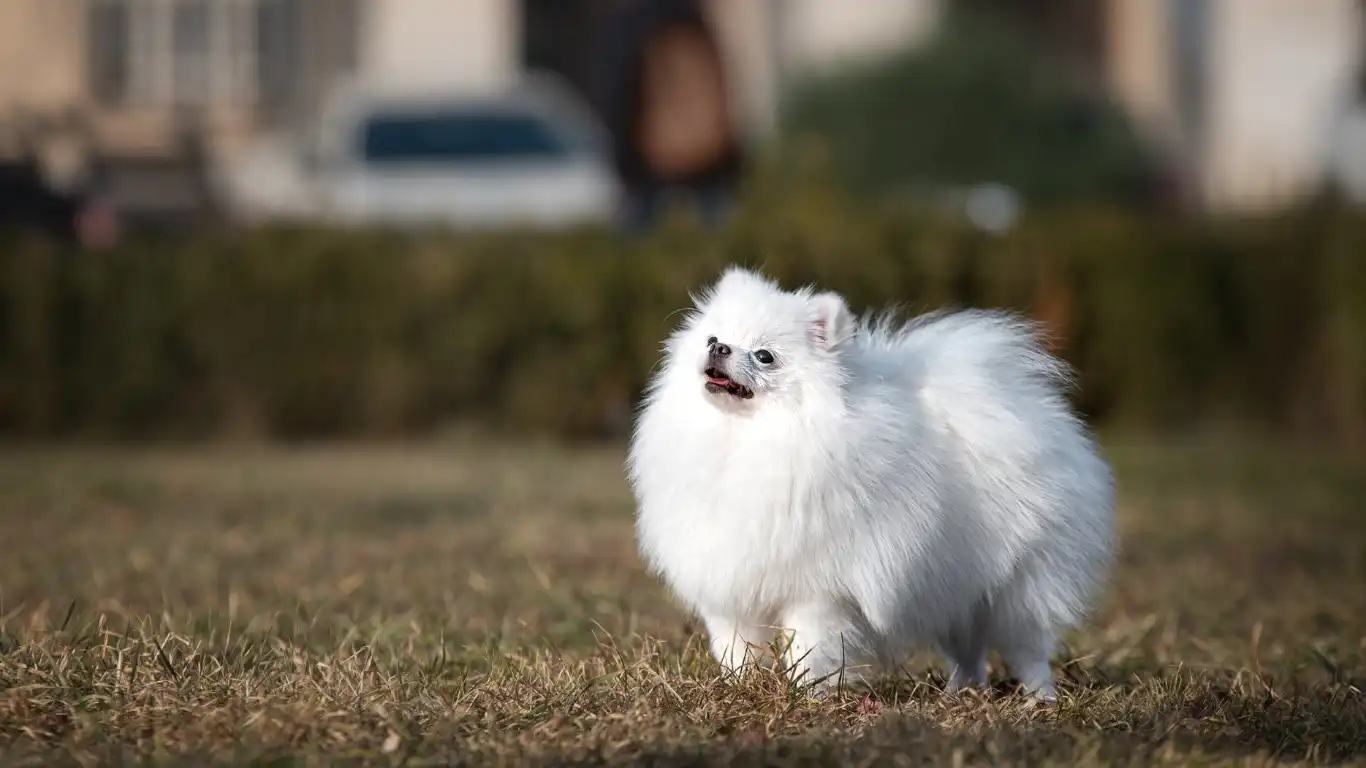
By incorporating these enrichment activities into your outdoor play area, you’ll create a space that not only helps your dog burn off energy but also stimulates their mind, ensuring they stay happy and healthy!
Maintaining and Upkeeping Your Dog’s Outdoor Play Area
So, you’ve designed the perfect outdoor play area for your dog—fencing is secure, the surface is safe, and there’s plenty of enrichment to keep them engaged. But here’s the thing: creating a safe outdoor space isn’t a one-and-done job. Over time, wear and tear, weather conditions, and just normal use will require you to do some maintenance to keep it in top shape. As a pet care expert, I can’t stress enough how important it is to regularly check and maintain your dog’s outdoor play area to ensure it remains safe and enjoyable for your pet.
1. Regular Fence Inspections
Fences are your dog’s primary boundary, and just like anything else, they can experience wear over time. Whether it’s from weather, your dog’s playful digging, or just the natural aging process of materials, it’s important to regularly inspect your fence for weaknesses.
Key Areas to Check:
- Posts: Check for any loose or damaged posts. If the posts are leaning or wobbly, it’s time to replace or reinforce them.
- Gaps: Look for gaps that your dog might be able to squeeze through. Even small openings can be enough for your dog to escape. Reinforce weak areas with additional materials if necessary.
- Top of the Fence: Dogs are clever, and some will try to climb or jump over the fence. Check for any spots your dog could use to climb and install slanted toppers or higher fences if needed.
- Gate Latch: Ensure your gate latch is working properly and remains secure. If your dog is particularly good at figuring out locks, consider a child-proof latch or additional lock for extra security.

2. Keeping the Surface Safe and Clean
Just like with the fence, the surface of your dog’s play area needs regular attention. Over time, the ground can become uneven, muddy, or even dangerous if not properly maintained.
- Grass Care: If you’re using grass as the surface, make sure it’s well-kept. Regular mowing, trimming, and aeration will help keep the grass healthy and prevent it from becoming too soggy or worn down. Avoid pesticides or herbicides that can harm your dog. Natural, pet-safe products are available if you need to treat the lawn for pests.
- Artificial Turf: If you’ve gone the artificial turf route, you’ll need to clean it regularly. Pet-safe cleaning solutions can help keep the surface odor-free and hygienic, and it’s important to periodically check for wear or holes.
- Cleaning the Yard: Always pick up after your dog to avoid any health risks. Regularly check the area for poop, sticks, or other debris that could cause injury or make the space unpleasant for your pet.
3. Weather-Proofing the Outdoor Play Area
Living in an area with varying weather conditions? Then you know that rain, snow, or excessive heat can all take a toll on your dog’s outdoor play area. Whether it’s protecting them from the sun or keeping them dry during a rainstorm, you’ll want to make sure the area remains functional year-round.
- Rain and Mud: If your dog’s outdoor play area is prone to puddling or mud, you might want to consider adding a drainage system to prevent water from collecting. Gravel or sand can also help with drainage and keep the area dry. Additionally, consider installing a tarp or canopy for shade and rain protection.
- Shade and Shelter: Hot weather can be just as dangerous for dogs as cold weather. Make sure your dog has access to shade during the hotter months, and provide them with a shelter where they can retreat if the sun gets too intense. This can be as simple as a dog house or a covered area with a fan to keep them cool.
By ensuring the area can withstand different weather conditions, you’ll be able to keep your dog’s outdoor playground functional and safe all year round.
Fun Ideas for Changing Up Your Dog’s Play Area
If you’re like me, you know that dogs need mental stimulation just as much as physical exercise. The same space can feel a little repetitive if you don’t mix things up every once in a while. Luckily, there are tons of creative ways to keep your dog engaged in their play area without having to change the entire setup. Here are some fun ideas to keep things fresh!
1. Rotating Toys and Activities
We all know that dogs get bored if they do the same thing every day. If you have a set of toys or agility equipment, consider rotating them every few weeks. This keeps your dog’s interest piqued and gives them something new to explore.
- Interactive Games: In addition to standard toys like balls or frisbees, think about adding things like treat-dispensing toys, puzzle toys, or even a kiddie pool for water-loving dogs. Changing up the playtime routine keeps their brains active.
- Agility Courses: Set up a temporary agility course using cones, tunnels, or hurdles. You can change the layout regularly to keep things interesting and encourage your dog to engage in different types of physical and mental challenges.
2. Create Scent Trails
Dogs have an incredible sense of smell, so why not use it to your advantage? Scent trails are a fantastic way to keep your dog entertained and mentally stimulated. You can create a trail by hiding their favorite treats or toys around the yard and encouraging them to use their nose to find them.
If you want to make it more challenging, you can try hiding different scents and teach your dog to follow them. This is a great way to combine exercise and mental stimulation in a fun and interactive way.

References
For more detailed information on dog care and safety, check out these trusted sources:
- Google for further research on creating safe outdoor play spaces for dogs.
Disclaimer
The information provided in this article is based on my personal experience as a Pet Nutritionist and pet care expert working in veterinary clinics. While every effort is made to ensure accuracy, individual results may vary based on your dog’s breed, age, and health needs. Always consult with your veterinarian before making significant changes to your dog’s environment or care routine.
